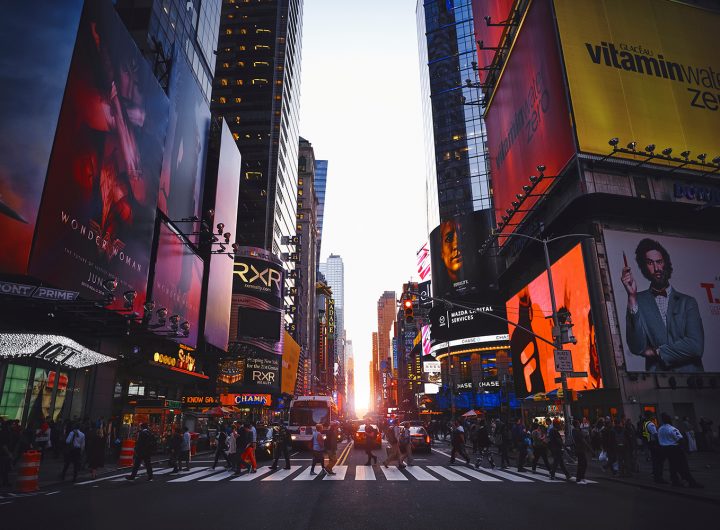- This topic is empty.
-
AuthorPosts
-
21/02/2025 at 11:16 #6471
When it comes to screen printing, achieving the highest quality output is paramount. One of the most critical factors influencing the final product is the image resolution. In this post, we will delve into the intricacies of image resolution for screen printing, exploring the optimal settings, common pitfalls, and best practices to ensure your designs translate flawlessly onto fabric.
Understanding Image Resolution
Image resolution refers to the amount of detail an image holds, typically measured in dots per inch (DPI) or pixels per inch (PPI). For screen printing, the resolution is crucial because it directly affects the clarity and sharpness of the printed image. The higher the resolution, the more detail can be captured, resulting in a more vibrant and professional-looking print.
Optimal Resolution for Screen Printing
For most screen printing applications, a resolution of 300 DPI is considered the gold standard. This resolution strikes a balance between detail and file size, ensuring that images are sharp without being excessively large. Here’s a breakdown of why 300 DPI is ideal:
1. Detail Preservation: At 300 DPI, fine details in your artwork are preserved, which is essential for intricate designs or text. Lower resolutions, such as 150 DPI, may result in pixelation and loss of detail, especially when printed on larger surfaces.
2. Color Accuracy: Higher resolutions allow for better color blending and gradients, which is particularly important for designs that incorporate multiple colors or shading. This is crucial in screen printing, where color fidelity can make or break a design.
3. Versatility: A 300 DPI image can be scaled down for smaller prints without losing quality, making it a versatile choice for various applications, from t-shirts to posters.
Common Pitfalls to Avoid
While 300 DPI is the recommended resolution, there are several common pitfalls that designers and printers should avoid:
1. Using Low-Resolution Images: One of the most significant mistakes is using images sourced from the web, which often have a resolution of 72 DPI. These images may look fine on a screen but will produce poor-quality prints. Always source high-resolution images or create your own at the appropriate DPI.
2. Neglecting Vector Graphics: For designs that include logos or text, consider using vector graphics instead of raster images. Vector graphics are resolution-independent, meaning they can be scaled to any size without losing quality. This is particularly beneficial for screen printing, where designs may need to be resized for different garments.
3. Ignoring Color Profiles: Different devices interpret colors differently. Ensure that your images are saved in the correct color profile (usually CMYK for printing) to avoid unexpected color shifts during the printing process.
Best Practices for Preparing Images
To ensure your images are print-ready, follow these best practices:
1. Set the Correct Dimensions: Before creating your design, determine the size of the print area on the garment. Set your canvas size accordingly and ensure that the resolution is set to 300 DPI from the start.
2. Use High-Quality Sources: When sourcing images, opt for high-resolution files from reputable stock photo websites or create your own graphics using design software.
3. Test Print: Before committing to a large print run, conduct a test print to evaluate the quality. This allows you to make necessary adjustments to the resolution or color settings.
4. Consult with Your Printer: Different printers may have specific requirements regarding image resolution and file formats. Always consult with your printing service to ensure your files meet their specifications.
Conclusion
In conclusion, the best image resolution for screen printing is 300 DPI, which ensures that your designs are sharp, vibrant, and true to your vision. By avoiding common pitfalls and adhering to best practices, you can significantly enhance the quality of your printed materials. Remember, investing time in preparing high-resolution images will pay off in the form of stunning prints that stand out in any setting. Whether you are a designer or a printer, understanding and applying these principles will elevate your screen printing projects to new heights.
-
AuthorPosts
- You must be logged in to reply to this topic.

 Google hit with record EU fine over Shopping service
Google hit with record EU fine over Shopping service  Business booming for giant cargo planes
Business booming for giant cargo planes  Trump-Putin: The understandable story
Trump-Putin: The understandable story